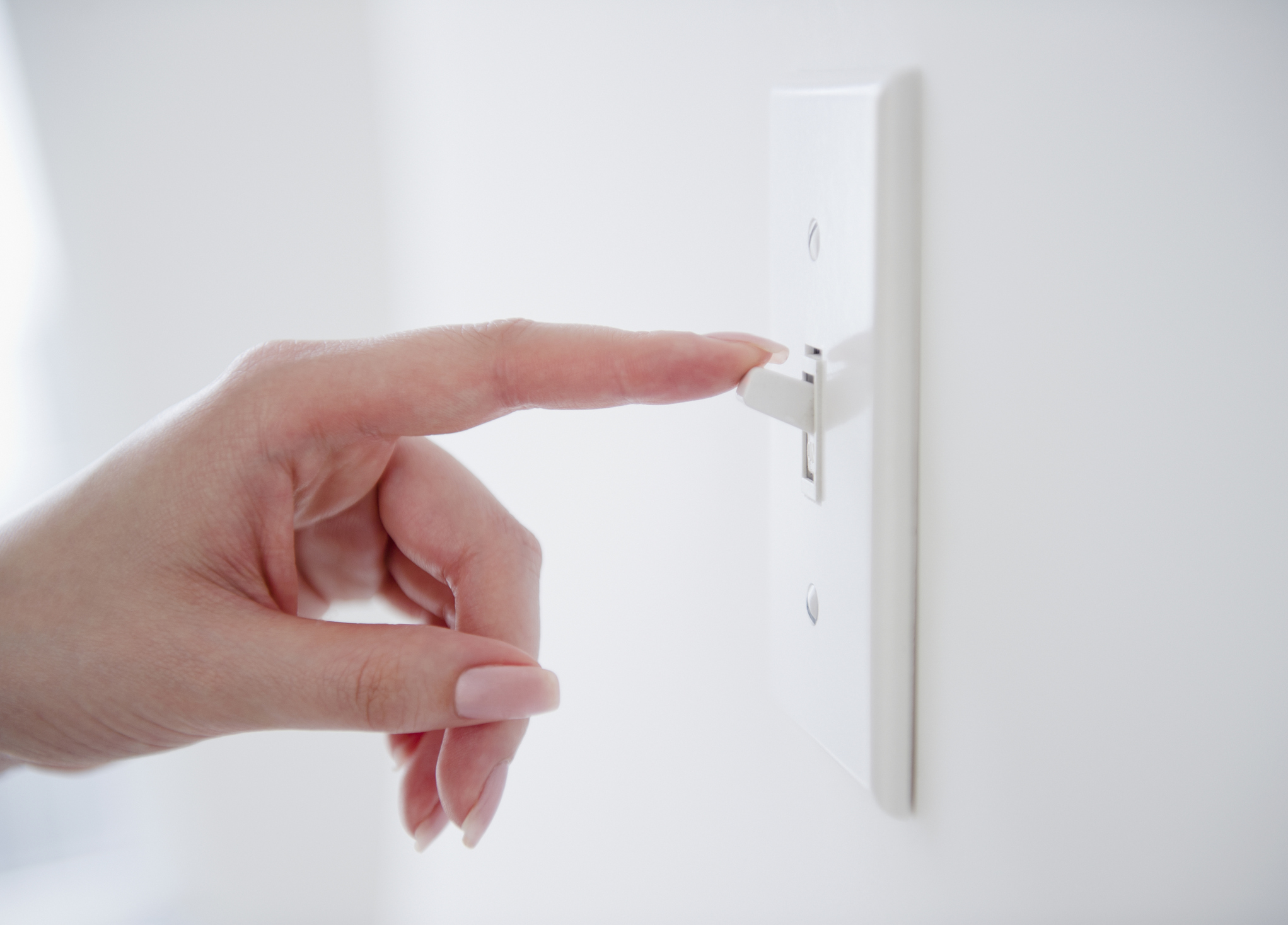The Science of Sleep

The human body has a natural circadian rhythm, an internal clock that regulates sleep-wake cycles. This rhythm is influenced by environmental cues, especially light. Darkness plays a crucial role in promoting sleep, as it triggers the production of melatonin, a hormone that regulates sleep-wake cycles.
The Biological and Psychological Benefits of Darkness for Sleep
Darkness signals the body to prepare for sleep by triggering the production of melatonin. Melatonin is a hormone that helps regulate sleep-wake cycles and promotes relaxation and sleepiness.
“Darkness is a powerful signal to the body that it is time to sleep,”
said Dr. Russell Foster, a sleep researcher at the University of Oxford.
Darkness also helps reduce stress and anxiety, which can interfere with sleep. The absence of light allows the brain to relax and enter a state of deep sleep, which is essential for physical and mental restoration.
Artificial Light Disrupts Melatonin Production and Impacts Sleep Quality
Artificial light, especially blue light emitted from electronic devices, can disrupt the production of melatonin. This disruption can lead to sleep problems such as insomnia, difficulty falling asleep, and waking up during the night.
“Exposure to artificial light at night can suppress melatonin production by up to 90%,”
explained Dr. Charles Czeisler, a sleep researcher at Harvard Medical School.
Creating a Dark and Quiet Sleep Environment for Optimal Rest, Turn bedroom lights off
To create a dark and quiet sleep environment, consider these tips:
- Use blackout curtains or shades to block out all light.
- Turn off all electronic devices at least an hour before bedtime.
- Avoid using bright lights in the bedroom.
- Keep the bedroom cool and quiet.
- Create a relaxing bedtime routine that signals your body it is time to sleep.
Automation and Convenience

Imagine a world where your bedroom lights turn off automatically as you drift off to sleep, responding to your every whim with effortless grace. This is the realm of smart home technology, where convenience and comfort reign supreme.
Smart Home Devices and Voice Assistants
Smart home devices and voice assistants are transforming the way we interact with our surroundings, offering a seamless and intuitive experience for controlling lights. These devices allow you to effortlessly turn off your bedroom lights with a simple voice command or a tap on your smartphone.
“Alexa, turn off the bedroom lights.”
This simple phrase can be your gateway to a world of automated convenience. Imagine the luxury of waking up to a well-lit room or enjoying a relaxing evening with the perfect ambiance, all controlled with the power of your voice.
Types of Light Switches
The world of light switches has evolved beyond the traditional toggle. Here’s a glimpse into the diverse options available:
- Smart Switches: These switches connect to your home Wi-Fi network, allowing you to control them remotely using a smartphone app or voice commands. Some smart switches even offer features like scheduling, dimming, and integration with other smart home devices.
- Dimmer Switches: These switches allow you to adjust the brightness of your lights, creating the perfect ambiance for any occasion. Dimming your lights can also help you save energy and create a more relaxing atmosphere.
- Motion Sensor Switches: These switches automatically turn on your lights when they detect movement, providing a convenient and energy-efficient solution for hallways, closets, and other areas where you might need light only intermittently.
Energy Conservation and Sustainability: Turn Bedroom Lights Off

Turning off lights when you leave a room might seem like a small act, but it plays a crucial role in energy conservation and sustainability. By taking this simple step, we can collectively make a significant impact on our environment and our energy bills.
The Science of Light and Energy Savings
Every time we flick a switch to illuminate a room, we’re drawing energy from the power grid. This energy is generated from various sources, many of which contribute to greenhouse gas emissions, a primary driver of climate change. By reducing our reliance on electricity, we lessen the strain on our power systems and reduce our carbon footprint.
Creating a Habit of Turning Off Lights
Making a conscious effort to turn off lights when leaving a room can become a simple habit with a few strategies.
- Visual Reminders: Place small notes or stickers on light switches as a constant reminder to turn off the lights.
- “Last One Out” Rule: Designate one person in a group as responsible for turning off the lights before everyone leaves a room.
- Technology Integration: Smart home devices can automate this process, automatically turning off lights when a room is empty.
The Impact of Energy-Efficient Light Bulbs
Traditional incandescent light bulbs are notorious for wasting energy, converting a large portion of their energy into heat rather than light. Energy-efficient light bulbs, such as LED and CFL bulbs, are significantly more efficient, converting a greater percentage of energy into light. This translates to lower energy consumption and reduced electricity bills.
Energy-efficient light bulbs can reduce energy consumption by up to 80% compared to traditional incandescent bulbs.
- Longer Lifespan: Energy-efficient bulbs last significantly longer than traditional bulbs, reducing the frequency of bulb replacements and associated waste.
- Reduced Greenhouse Gas Emissions: By using less energy, these bulbs contribute to a lower carbon footprint and help mitigate climate change.
- Financial Savings: Lower energy consumption translates to reduced electricity bills, saving money over time.
